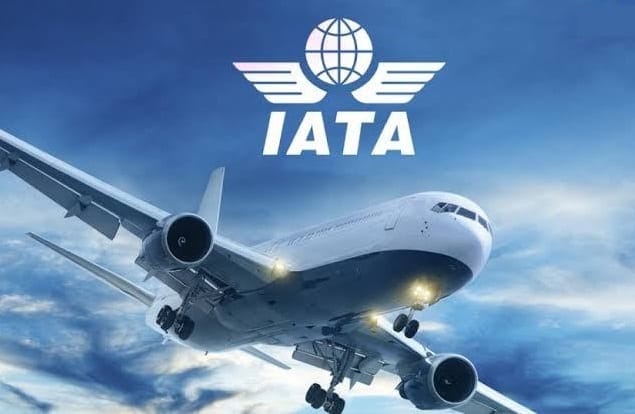International Air Transport Association announced the roll-out its new program that will assist airlines with avoiding turbulence when planning the flight routes.
The new data resource named Turbulence Aware, expands air carrier’s ability to forecast and avoid turbulence by pooling and sharing (in real time) turbulence data generated by participating airlines.
Kajeno lifofane tsa lifofane li ts'epa litlaleho tsa bafofisi le likeletso tsa maemo a leholimo ho fokotsa sekhahla sa pherekano mesebetsing ea tsona. Lisebelisoa tsena-ha li ntse li sebetsa-li na le meeli ka lebaka la ho arohana ha mehloli ea data, ho se lumellane boemong le boleng ba tlhaiso-leseling e fumanehang, le ho se ts'oanehe ha lehae le boits'oaro ba maikutlo. Mohlala, ha ho na sekala se lekantsoeng sa bohale ba moferefere oo mofofisi a ka o tlalehang ntle le sekala se bobebe, se itekanetseng kapa se matla, se fetohang sehlooho ho boiphihlelo ba lifofane le boiphihlelo ba mofofisi.
Turbulence Aware improves on the industry’s capabilities by collecting data from multiple contributing airlines, followed by a rigorous quality control. Then the data is consolidated into a single, anonymized, objective source database, which is accessible to participants. Turbulence Aware data is turned into actionable information when fed into an airline’s dispatch or airborne alerting systems. The result is the first global, real-time, detailed and objective information for pilots and operations professionals to manage turbulence.
“Turbulence Aware ke mohlala o motle oa bokhoni ba phetoho ea dijithale indastering ea lifofane. Indasteri ea lifofane haesale e sebelisana 'moho le polokeho — eona ntho ea mantlha e tlang pele. Lintlha tse kholo li se li fetola seo re ka se fihlellang. Tabeng ea Pherekano e Tsebahalang, ponelopele e nepahetseng ea moferefere e tla fana ka ntlafatso ea 'nete bakeng sa bapalami, bao maeto a bona a tla ba a sireletsehileng le ho feta, "ho boletse Alexandre de Juniac, Motsamaisi Kakaretso le CEO oa IATA.
Phephetso ea ho laola merusu e lebelletsoe ho hola ha phetoho ea maemo a leholimo e ntse e ama maemo a leholimo. Sena se na le moelelo ho polokeho le katleho ea sefofane.
Turbulence is the leading cause of injuries to passengers and crew in non-fatal accidents (according to the FAA).
As we progress to having accurate turbulence data available at all flight levels, pilots will be able to make much more informed decisions about higher flight levels with smoother air. Being able to climb to these altitudes will result in a more optimal fuel burn, which will ultimately lead to reduced CO2 emissions.
Nts'etsopele ea Bokamoso
Turbulence Aware e se e ntse e hlahisa thahasello e kholo har'a lifofane. Delta Air Lines, United Airlines le Aer Lingus ba saenne likonteraka; Delta e se ntse e kenya letsoho data ea bona lenaneong.
“Mekhoa ea tšebelisano 'moho ea IATA ea ho theha Turbulence Aware e nang le tlhaiso-leseling e bulehileng e bolela hore lifofane tsa lifofane li tla ba le phihlello ea tlhaiso-leseling ho bebofatsa moferefere. Re sebelisa Turbulence Aware ka kopanelo le lenaneo la beng ba thepa la Delta Weather Viewer le lebelletsoeng ho aha hodima phokotso ea bohlokoa eo re seng re e bone ho likotsi tsa basebetsi ba amanang le moferefere le tlhahiso ea khabone selemo ho feta, "ho boletse Jim Graham, Motlatsi oa Motlatsi e Moholo oa Delta ea Ts'ebetso ea Lifofane.
Mofuta oa pele oa tšebetso oa sethala o tla ntlafatsoa bofelong ba 2018. Liteko tsa ts'ebetso li tla sebetsa ho pholletsa le 2019, ka pokello e tsoelang pele ea maikutlo ho tsoa ho lifofane tse nkang karolo. Sehlahisoa sa ho qetela se tla hlahisoa mathoasong a 2020.























